The gathering of aerial intelligence by a snooping aircraft during wartime is a perilous mission.
The 'spy’ (or, more correctly, reconnaissance) aircraft must survive enemy fighters and anti-aircraft weapons, often relying on little more than speed, altitude or guile. Here are ten spy planes of World War II of either exceptional ability or colossal significance…
10: Martin Maryland
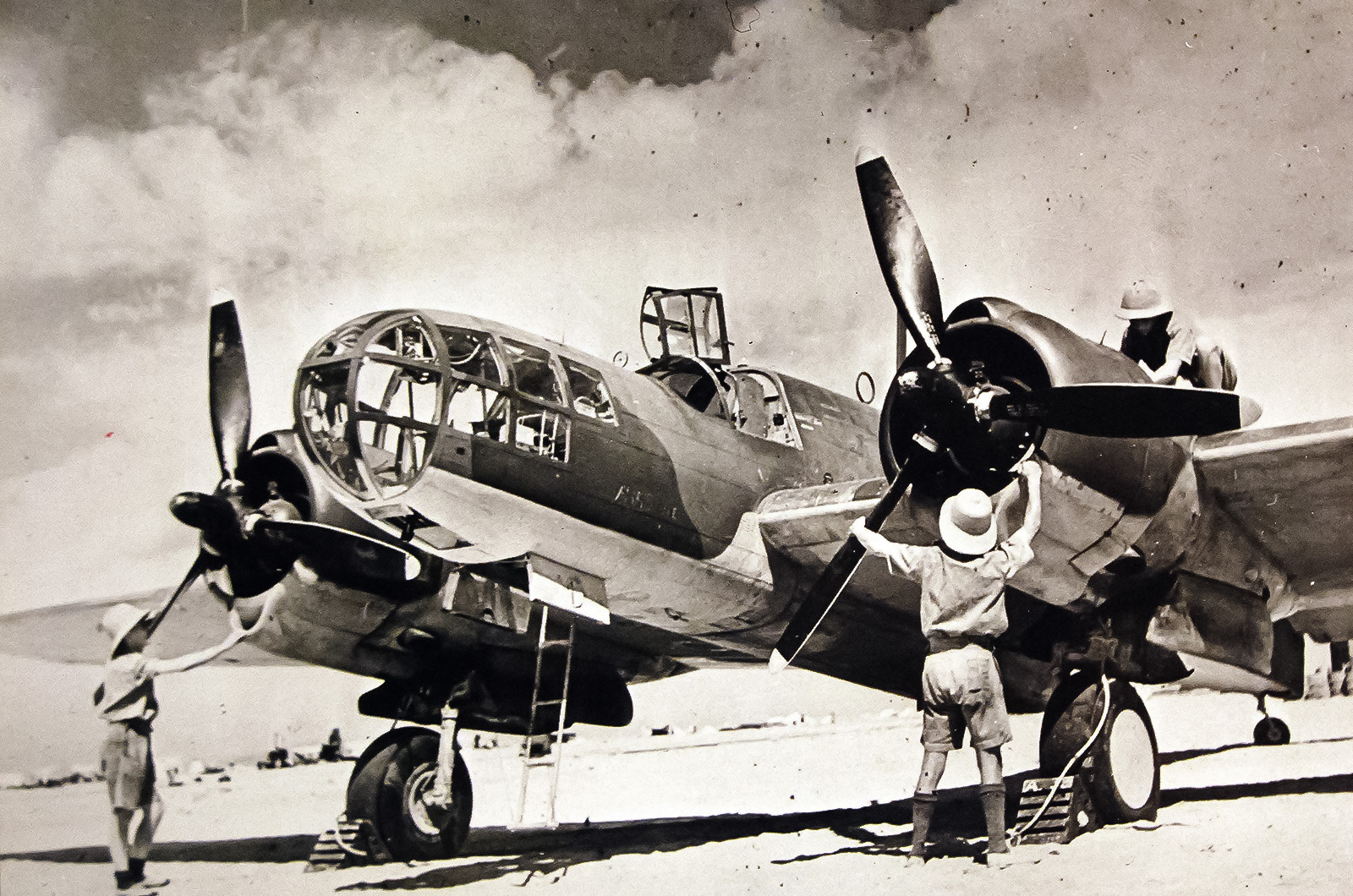
The Martin Maryland was a twin-engined American attack and reconnaissance bomber that first flew in 1939. It was designed to compete for the USAAC contract won by Douglas with what would become the A-20 Havoc. Despite losing this domestic contract, it was not hard to sell military aeroplanes in 1939, and France was desperate for them. In French service, the Maryland proved highly survivable.
Britain benefited from an order intended for France before it was invaded in 1940, receiving Marylands which would later be joined by directly ordered aircraft with two-stage superchargers. The Royal Air Force dispatched the Marylands to Egypt, Cyrenaica and Malta for photo-reconnaissance missions in North and East Africa.
10: Martin Maryland
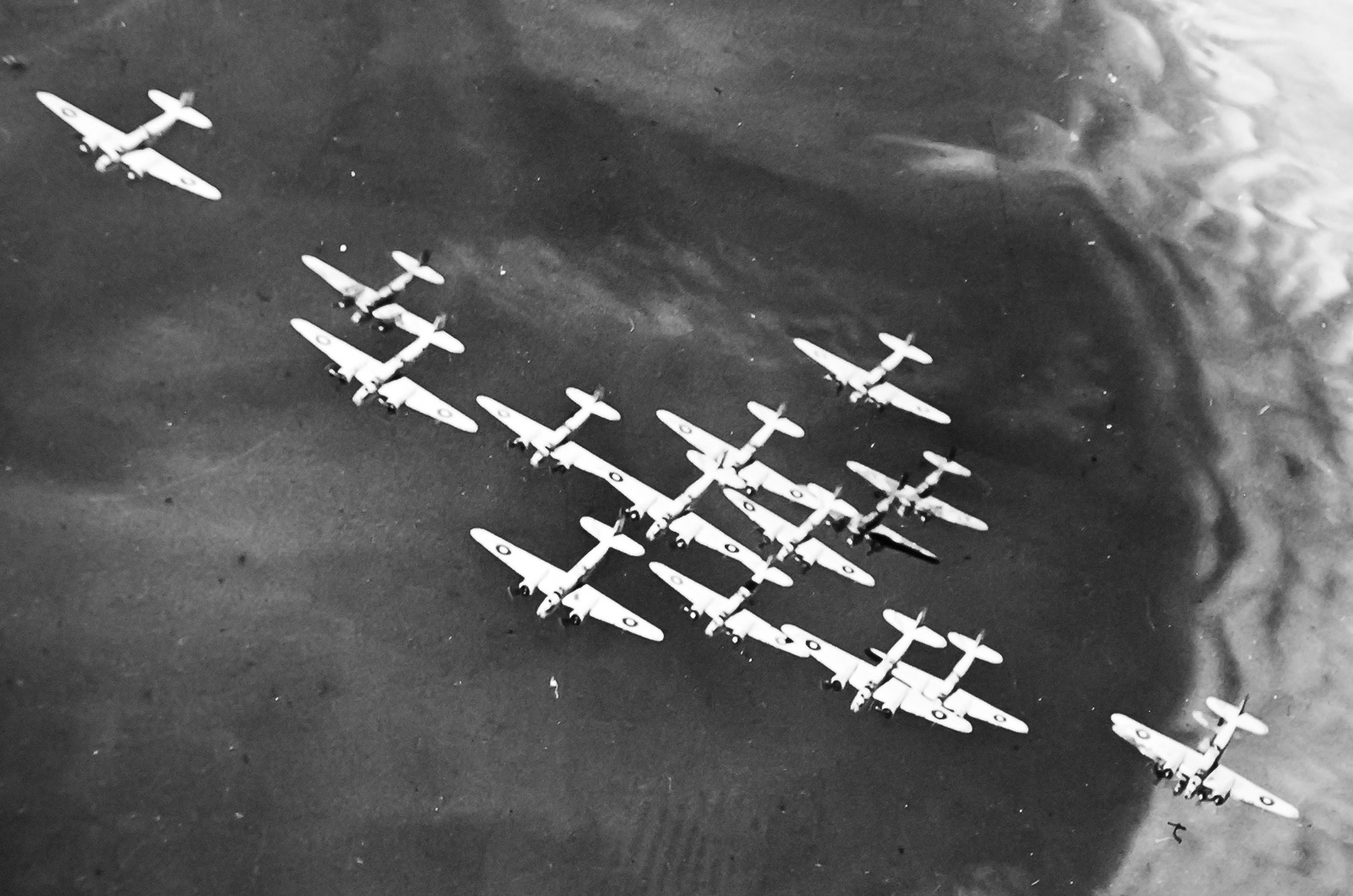
Marylands photographed the Italian fleet before and after the dramatic Battle of Taranto in 1940, when Royal Navy torpedo bombers successfully attacked the powerful Italian fleet at anchor. Importantly, photos from the Marylands had alerted the planners to the location of barrage balloons. The Maryland was used by ‘Six medal Warburton’, the most highly decorated British reconnaissance pilot. He also scored five aerial victories in it, which takes some doing…
The Maryland was faster than the 280mph (450 km/h) Bristol Blenheim, capable of a decent 316mph (508km/h) and pleasant to fly (if a little cramped). In 1942, South African Maryland’s performed long-range missions over Vichy-held Madagascar, a mission of huge significance. Remarkably, one SAAF Maryland was downed but used its defensive guns to capture Vichy soldiers as prisoners on the ground.
9: Focke-Wulf Fw 189 Uhu

Kurt Tank was arguably the greatest German aircraft designer; his designs included the Fw 190 fighter, the Ta 152 and the Fw 200 Condor airliner. He was also responsible for the unusual Fw 189, a German reconnaissance aircraft developed to replace the Henschel Hs 126.
Twin-boom aircraft have the rear fuselage divided into two separate sections, and this configuration was chosen for the Fw 189 as it could include a central crew gondola with a relatively unobstructed view out. The twin-boom configuration is popular in reconnaissance aircraft (to this day), the first example being the German AGO C.I of 1915.

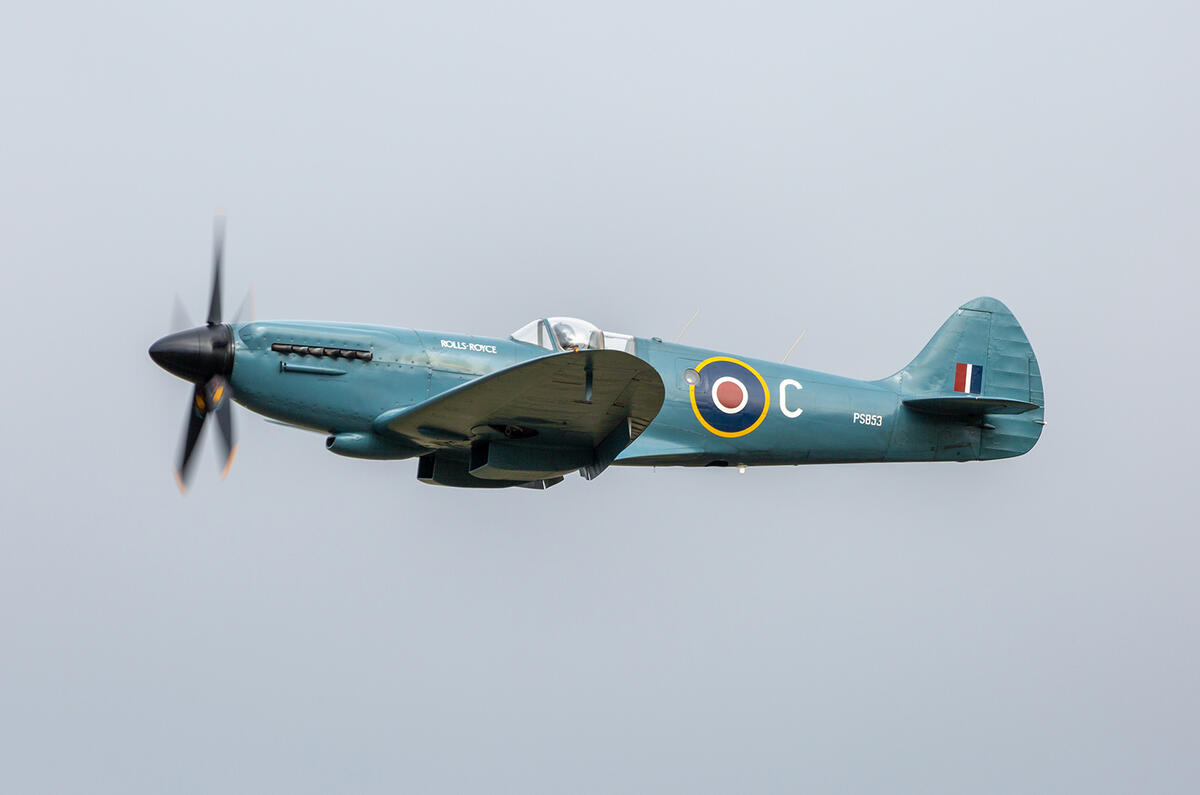


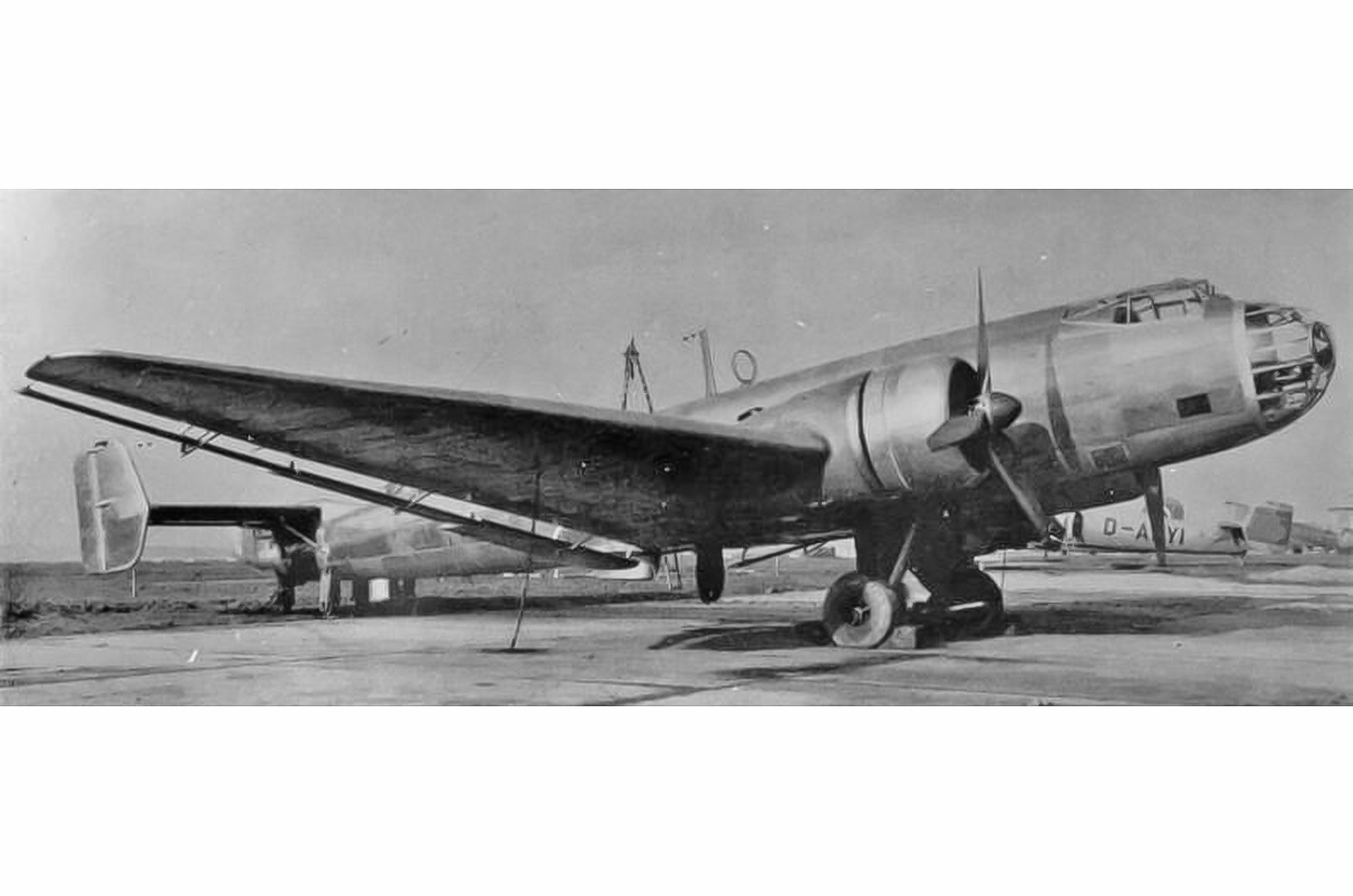

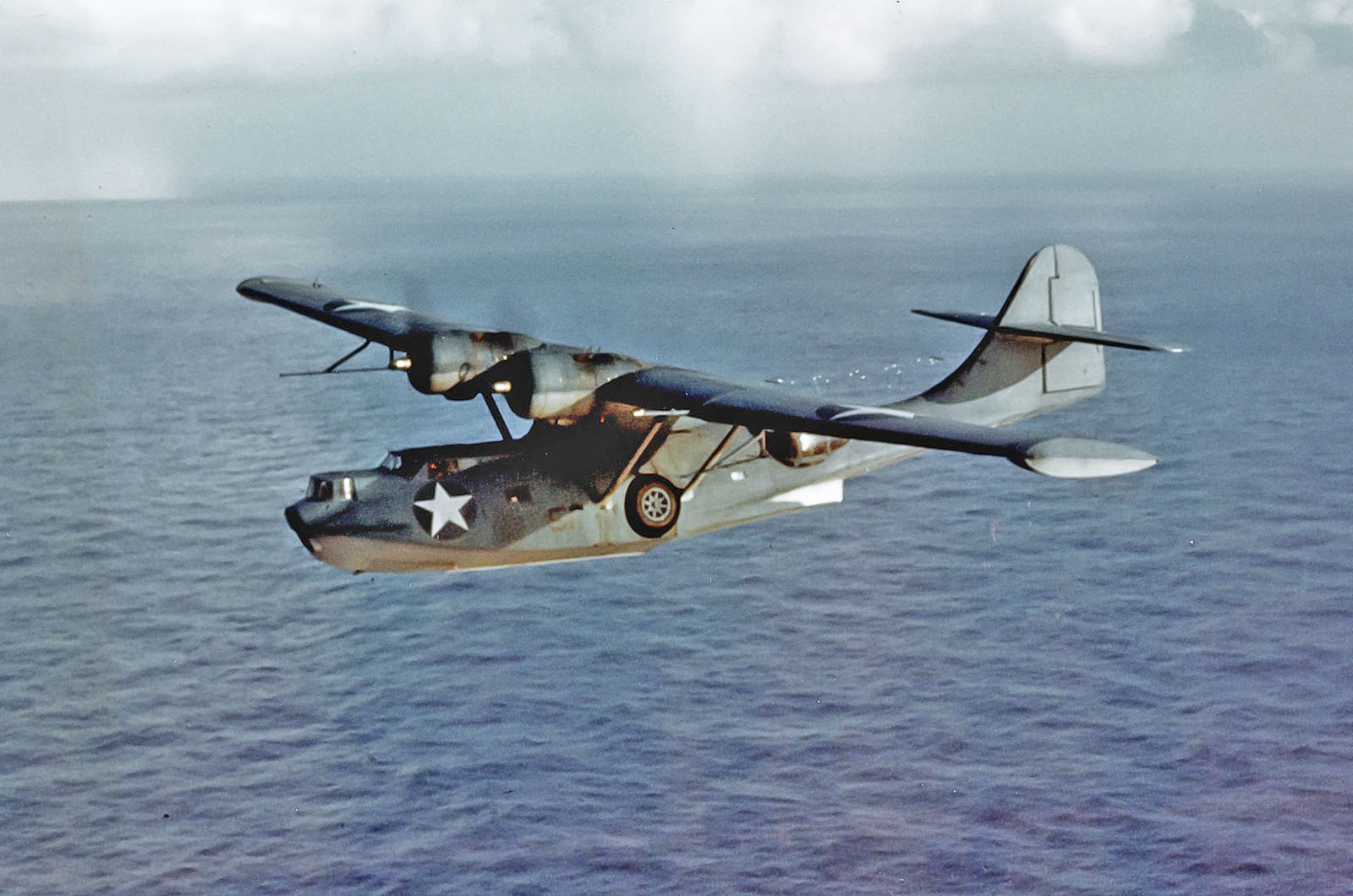
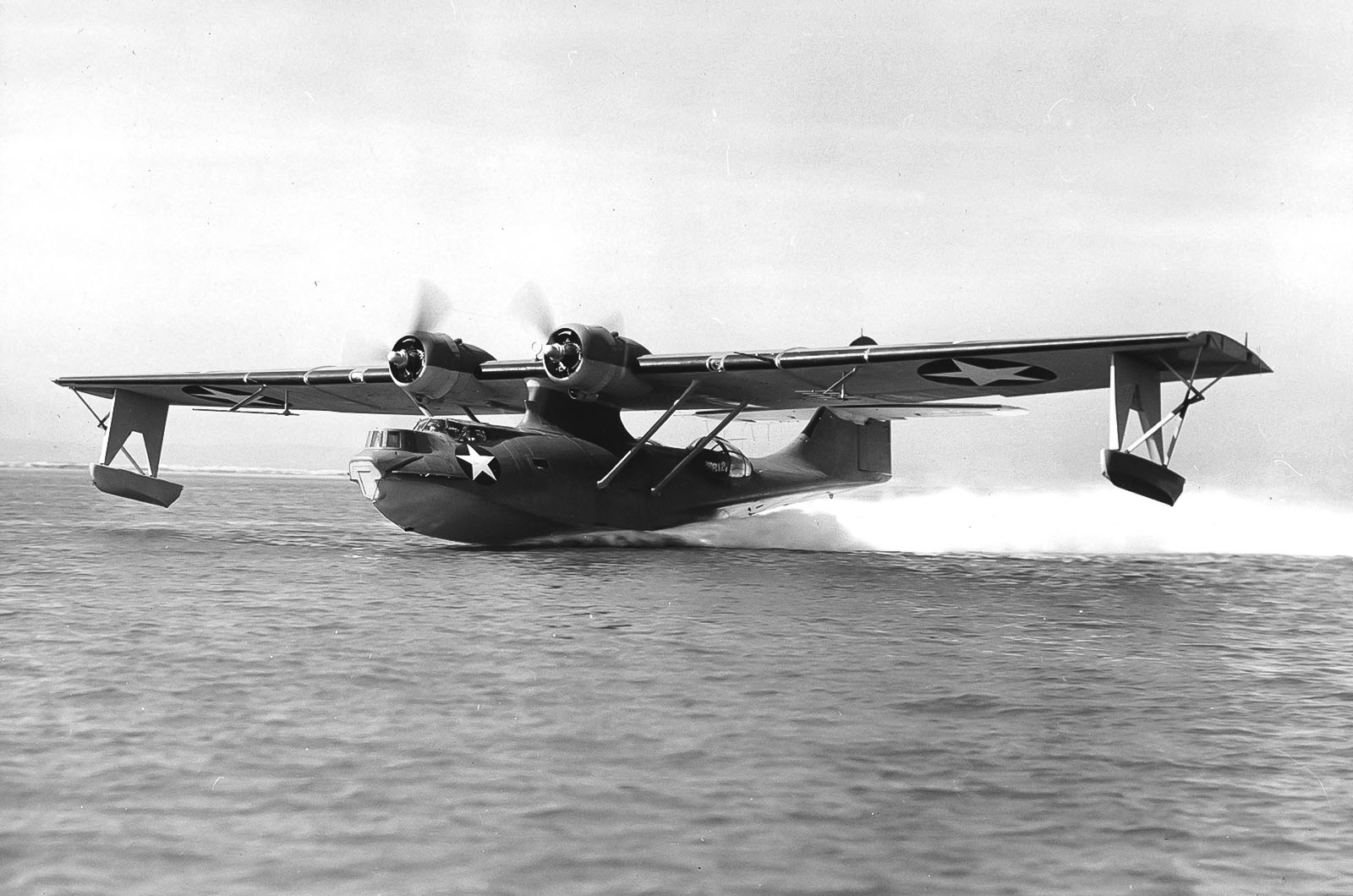
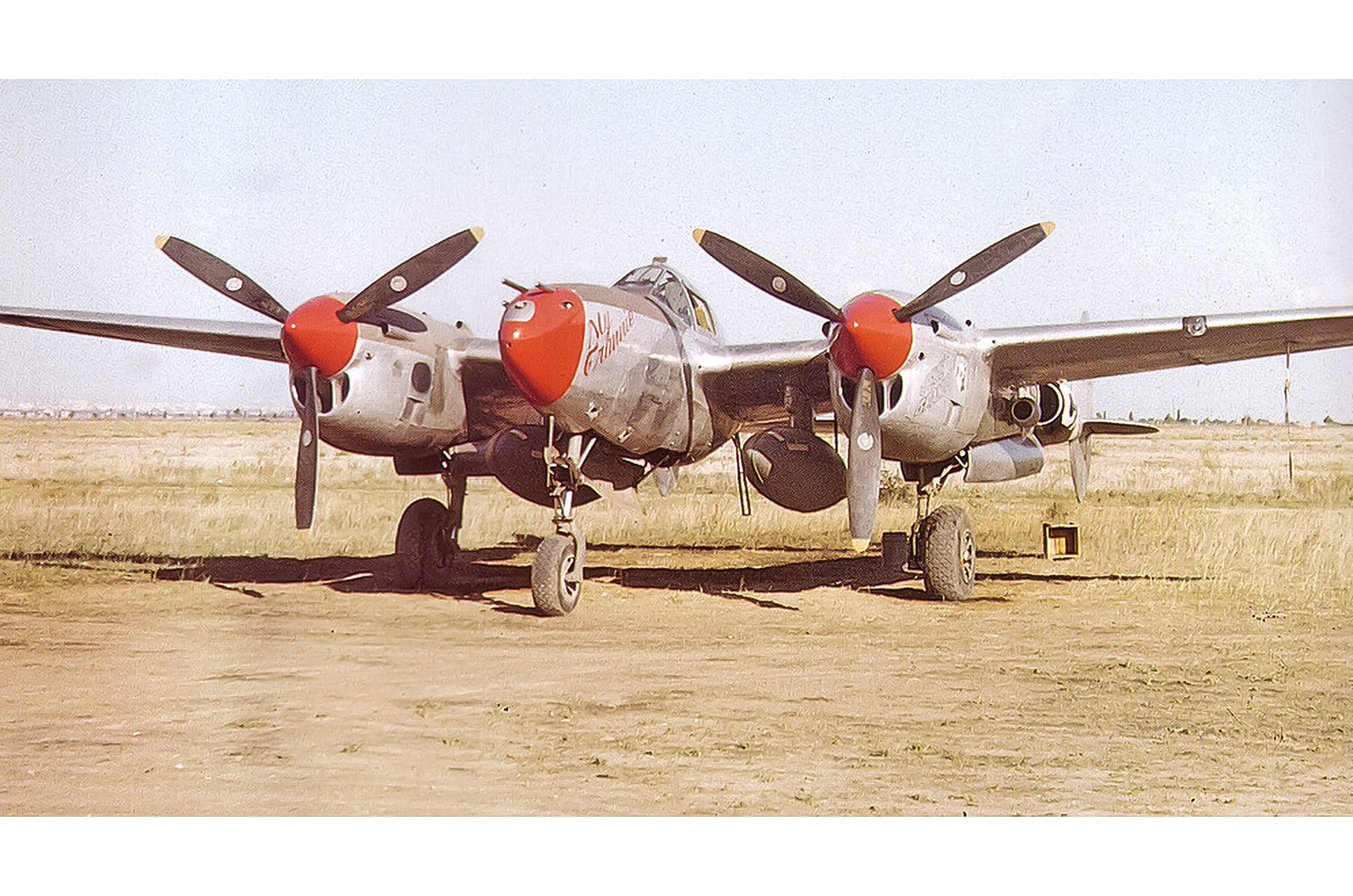
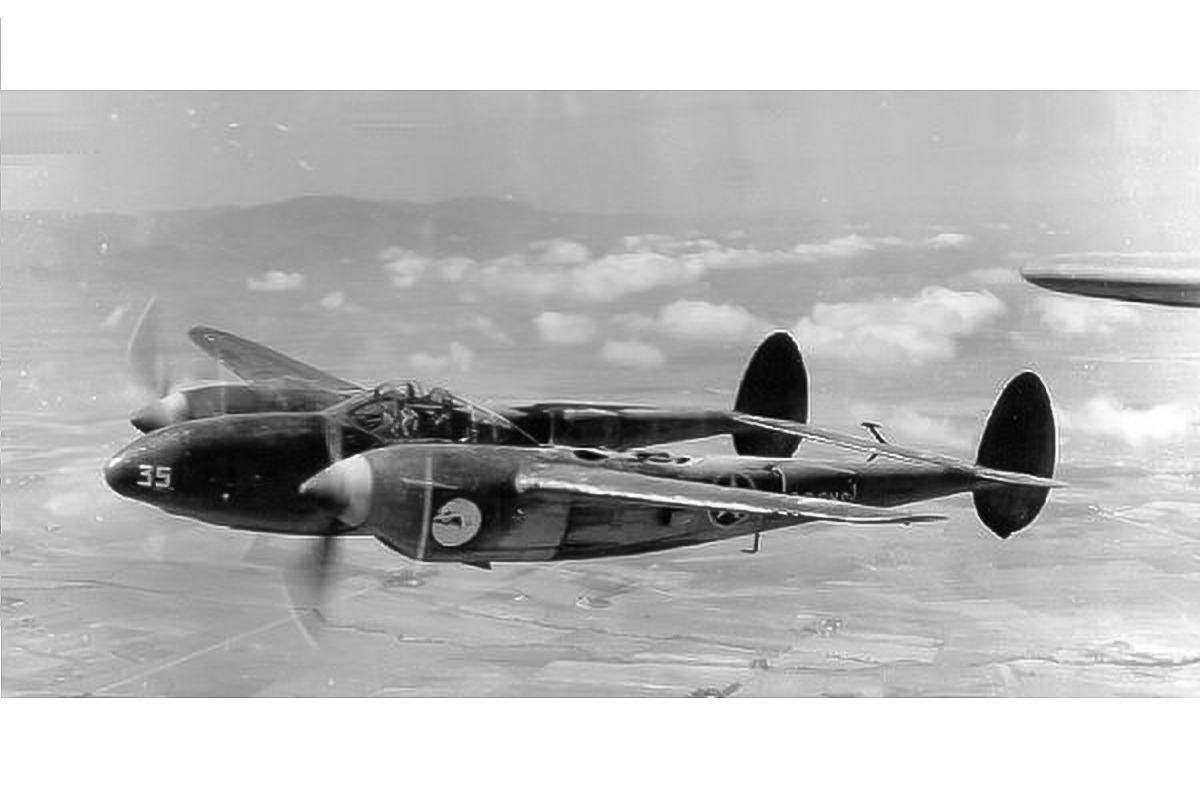
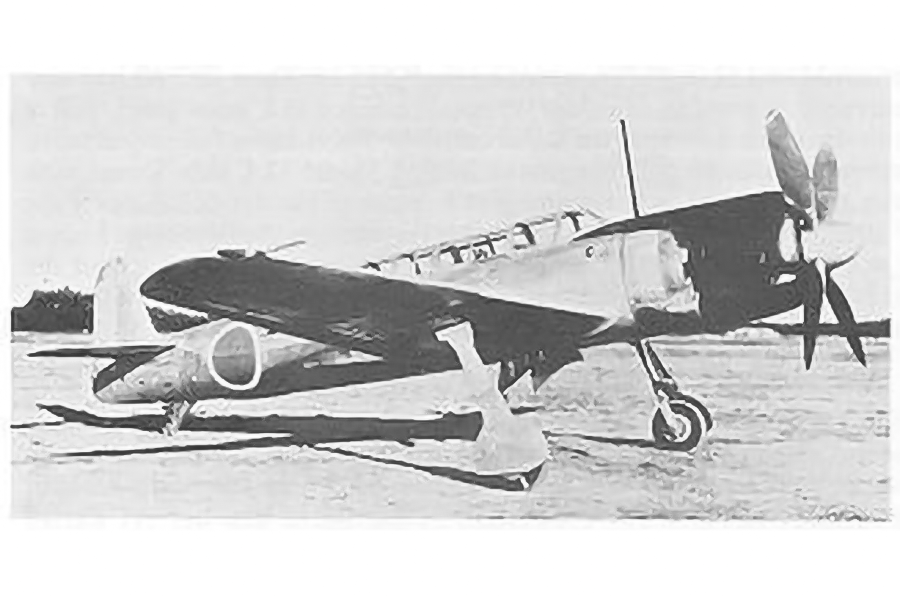


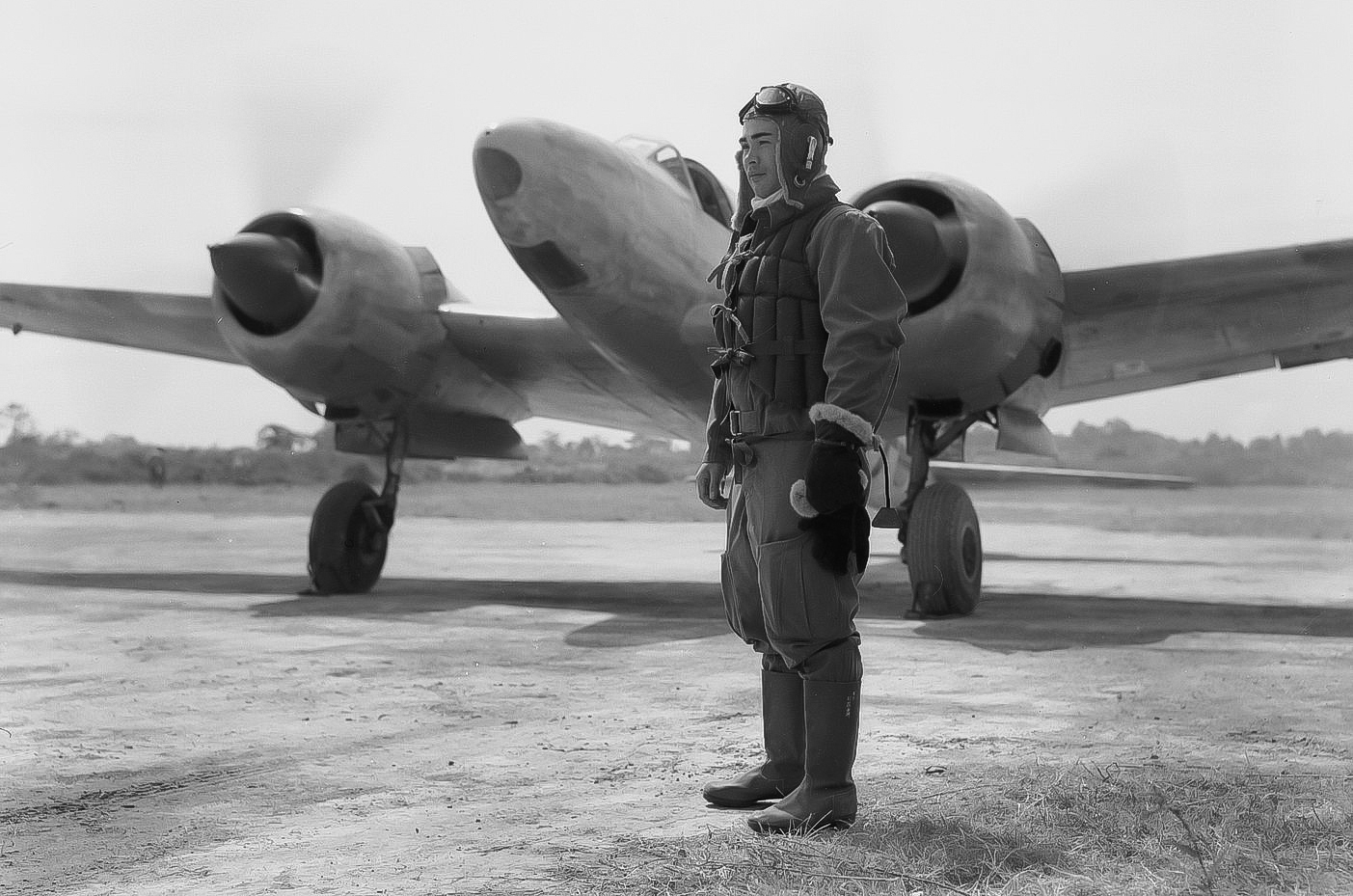


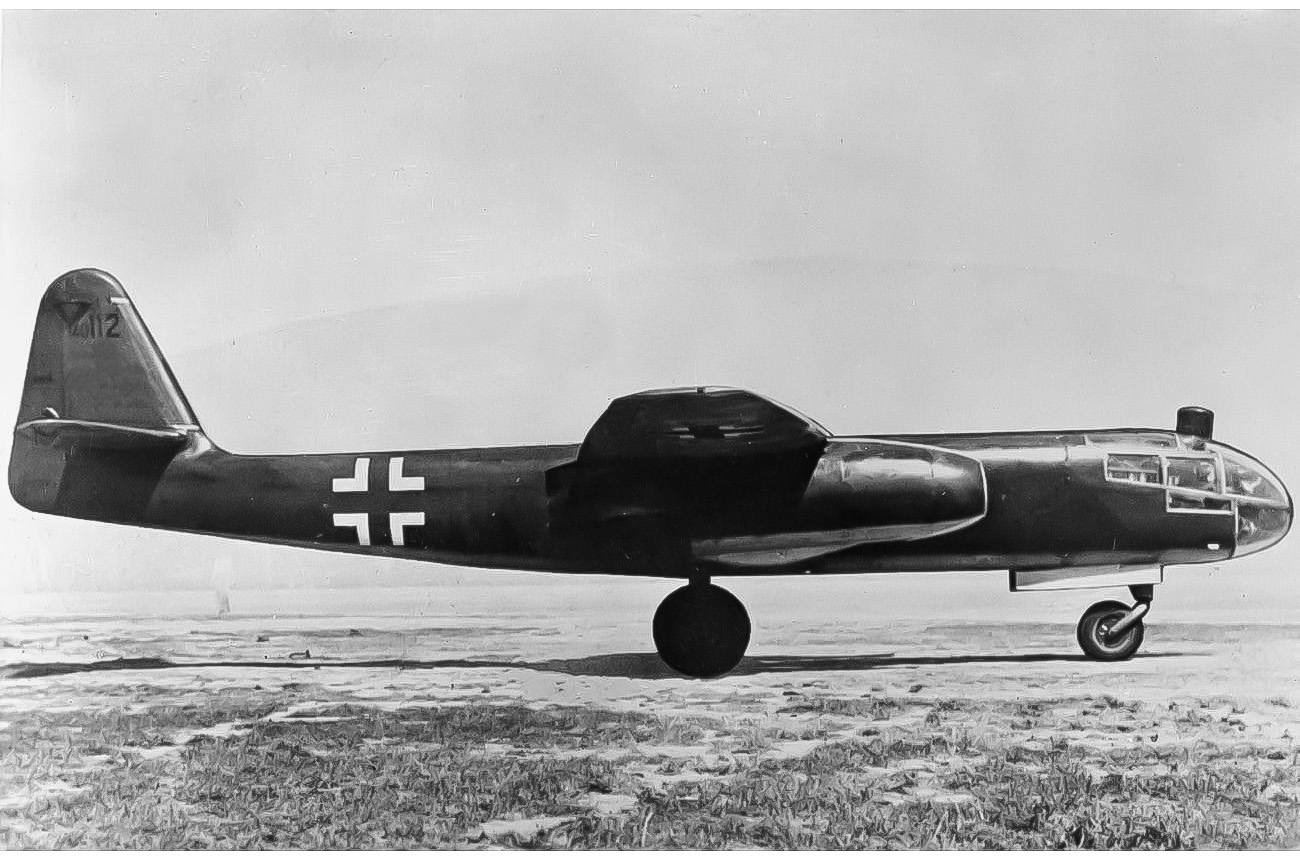
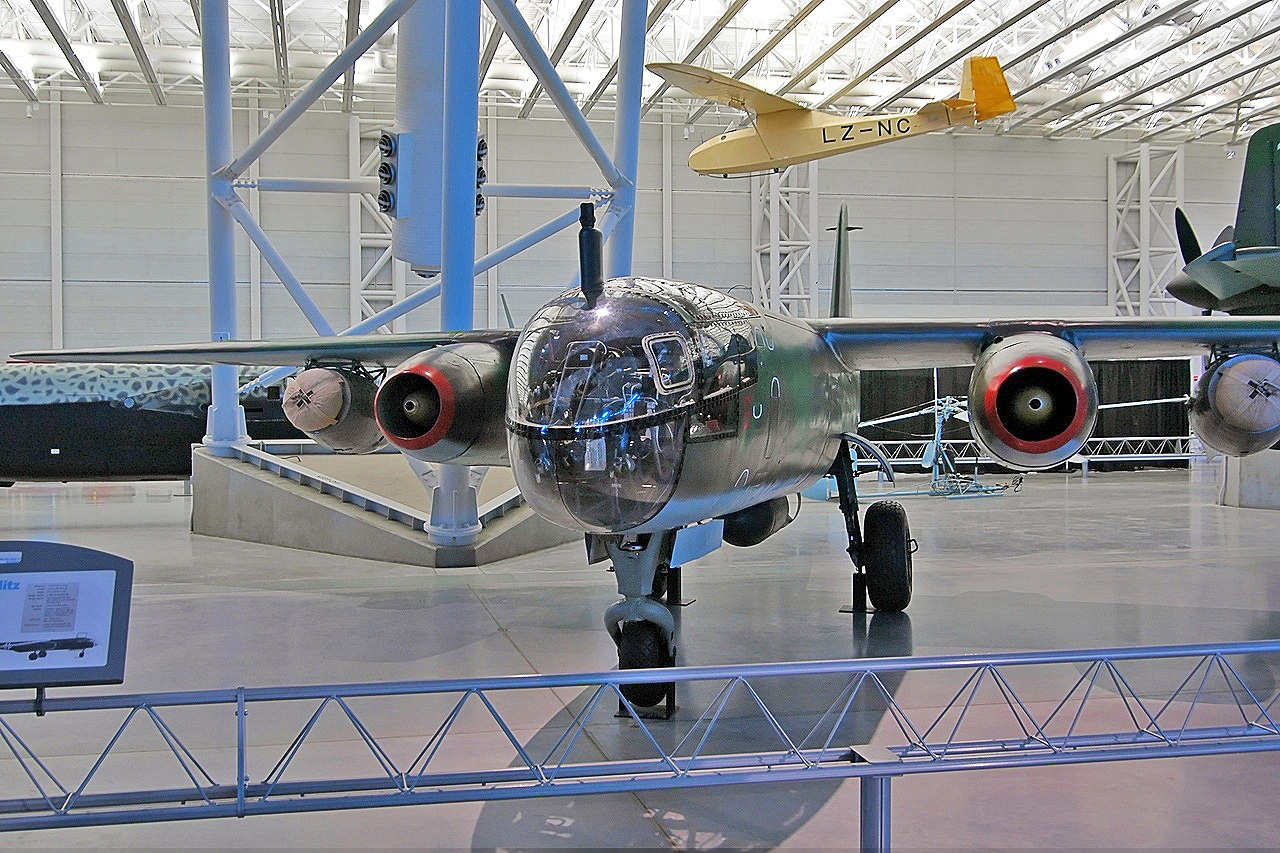

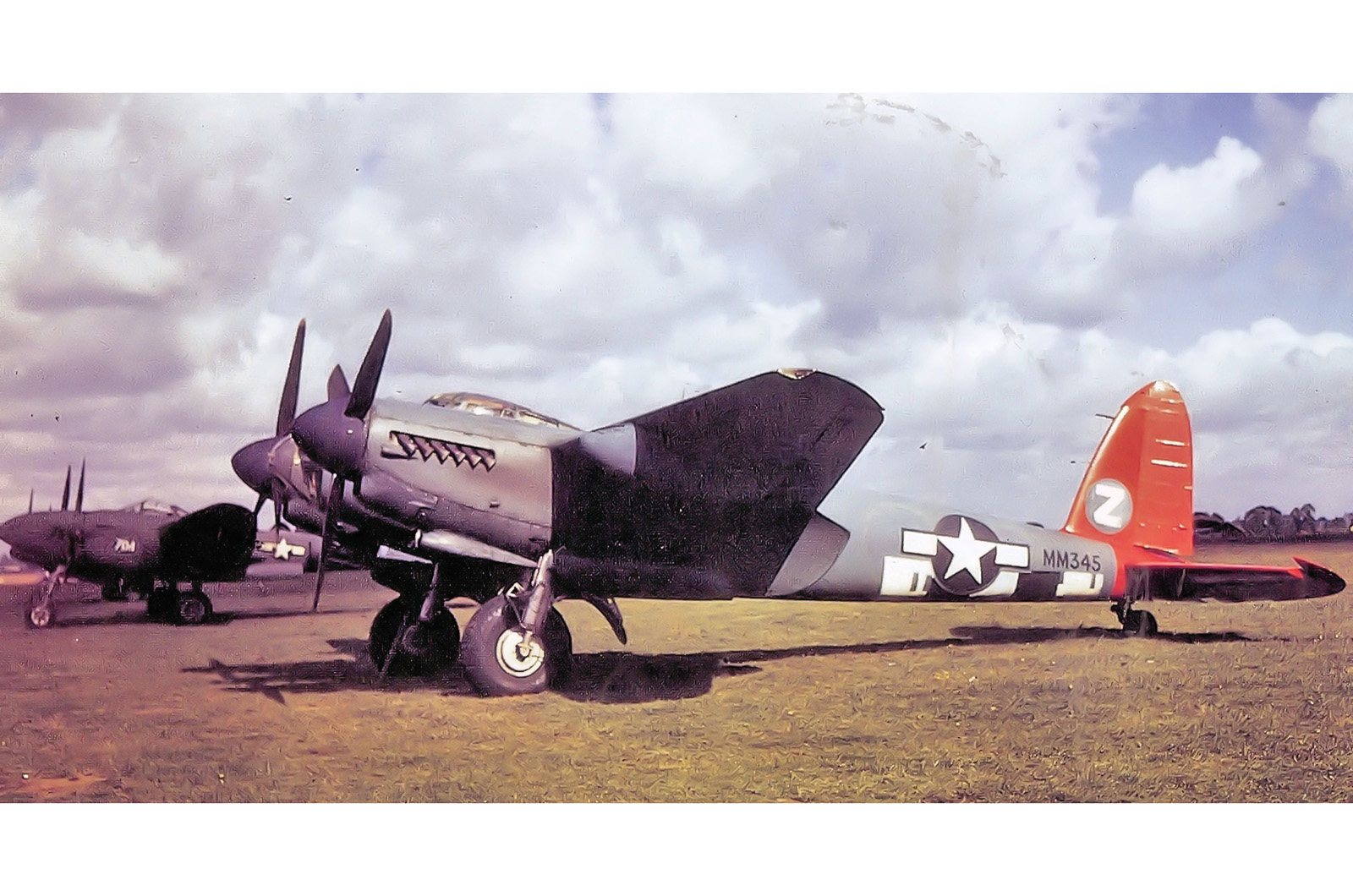


Add your comment